12 Strategies That Work for Kids Who Hate Maths
For many children, math can feel like a frustrating subject filled with endless numbers, symbols, and tricky math problems. But the right mix of math help, encouragement, and clever tools can turn fear into curiosity. Today, even an AI math solver or math solver app can offer instant, step-by-step support, giving students the courage to explore equations instead of avoiding them.
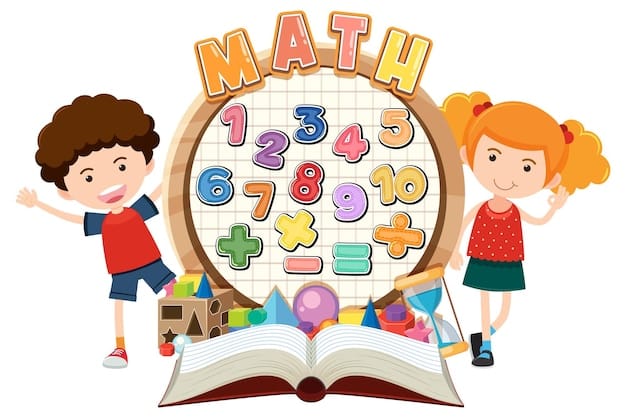
Whether your learner is wrestling with basic arithmetic, fractions, or tackling basic algebra, there are now plenty of ways to make sense of numbers. Interactive platforms, an AI math calculator, and even “just a photo” uploads that return step by step solutions mean children no longer have to guess the final answer. The goal isn’t just to memorise formulas but to build confidence, understand concepts deeply, and learn how to solve problems with a clear, logical approach.
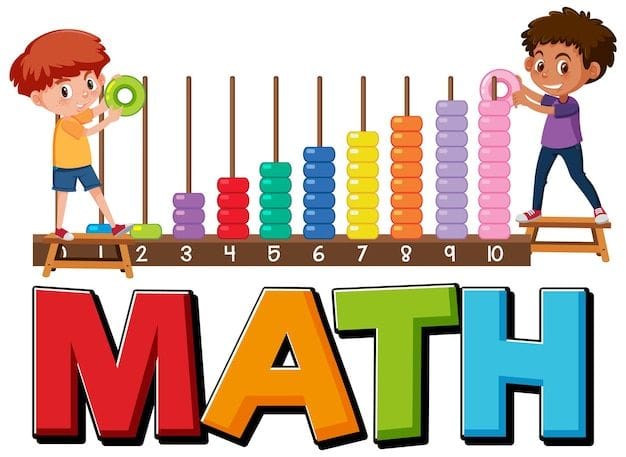
Introduction to Math Challenges for Kids
It’s no secret that students often list mathematics as their toughest subject. Some find algebra or geometry exciting, while others panic at word problems or specific math problems. Many dislike math homework, seeing it as endless worksheets rather than opportunities to gain a deeper understanding.
Anxiety, weak basic arithmetic foundations, or struggles with complex math concepts—from equations to trigonometric functions—can create barriers. But with the right support and tools, from a caring teacher to an AI tutor offering instant solutions, kids can discover that learning math is about growth, not fear. Helping them understand math step by step, with clear detailed explanations, builds lasting skills.
Identify the Real Problem Behind Math Hatred
Before offering homework help or searching for the best math solver, find out why your child resists math. The reasons differ for every learner:

Some struggle with place value or basic algebra, missing essential building blocks of arithmetic.
Others freeze during practice problems because they fear a wrong answer more than learning itself.
Timed tests or overly complex tasks (like differential equations or early calculus) can intimidate.
Ask guiding questions: “Which part of mathematics feels hardest?” or “How do you feel when you start math homework?” If needed, snap just a photo of a tricky exercise and explore it together with an AI math tool that gives step by step explanations. Understanding the root—whether gaps in basic arithmetic, lack of confidence, or trouble with expressions—lets you plan targeted solutions.
Create a Math-Anxiety-Free Learning Environment
Children learn best in a space where they don’t fear mistakes. A friendly setting, where students can explore equations, fractions, or even quadratic equation puzzles without pressure, helps them relax.
Celebrate progress: Praise their effort when they correctly compute percentages or analyse graphs.
Remove the stopwatch: Not every solve needs to be timed; focus instead on building steady confidence.
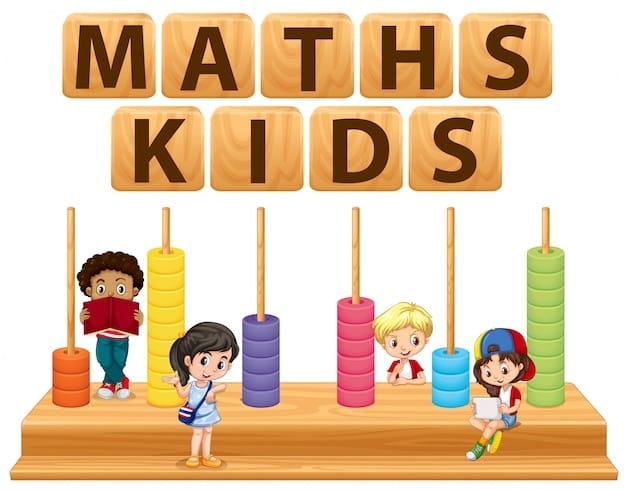
Use tech wisely: An AI tutor or other math solver can give detailed solutions for tricky topics—like inequalities or variables—but the goal is to guide, not overwhelm.
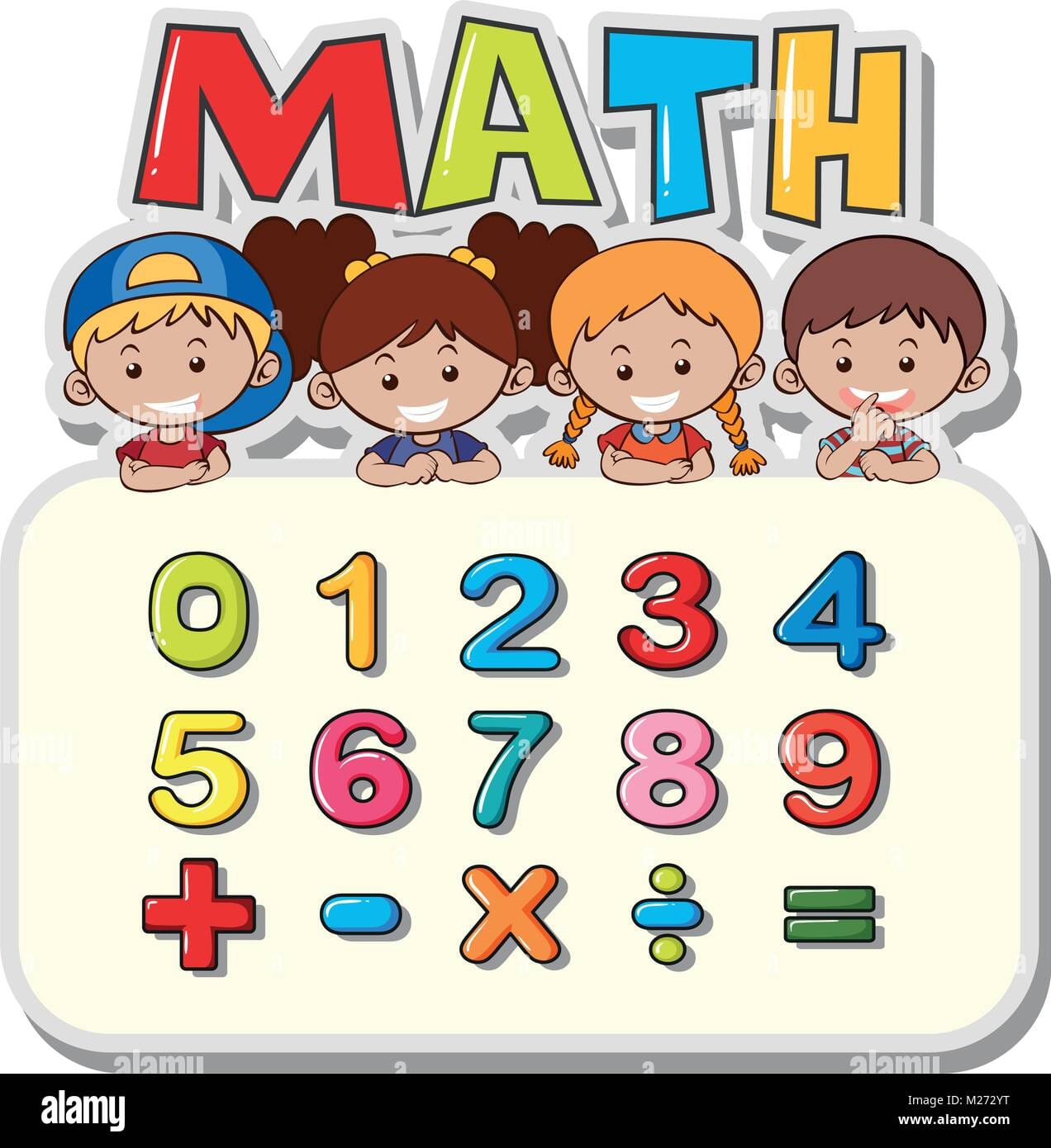
When parents or teachers combine calm encouragement with tools such as an AI math calculator or math app, they help learners see math homework as a chance to learn, explore, and build a sense of mastery over common problems.
Assess Foundation Skills and Use the Goldilocks Method
Many students struggle with math homework because their basic arithmetic skills or grasp of place value aren’t solid. Before expecting them to jump into algebra, geometry, or even trigonometric functions, check for gaps in their foundations.
Use the Goldilocks method: problems should be not too easy, not too hard, but just right. A child who understands fractions but finds quadratic equation work stressful may need more practice problems at the right level.
An AI tutor or ai math calculator can give step by step explanations, helping them solve problems without frustration. These tools offer detailed solutions for everything from expressions to probability questions, allowing learners to explore mathematics at their own pace and build confidence through small, steady wins.
Make Math Real and Relevant
“When will I ever use this?” is a common refrain from learners facing abstract math problems. Showing how numbers fit everyday life can create a deeper understanding and spark interest.
Cooking & baking: Measuring ingredients or scaling recipes shows how fractions, percentages, and basic arithmetic work together.
Sports & fitness: Keep score, calculate averages, or time laps to solve real-world equations.
Shopping: Compute discounts, compare prices, or analyse sales data—great for building confidence with specific math problems.

Apps with a built-in math solver or AI math tool can give instant solutions to “what if” questions, while a quick photo upload may return step by step solutions. Connecting complex math concepts—like functions or statistics—to hobbies helps children understand why they need these skills beyond math homework.
Implement Consistent Short Practice Sessions
A marathon of worksheets rarely excites students. Short, daily bursts of math help work far better. Fifteen minutes of practice problems can strengthen confidence in basic algebra, arithmetic, or even early calculus.
Break sessions into:
Warm-ups with fractions, integers, or quick word problems
Guided step by step solutions for new topics, like inequalities or polynomials
A challenge problem — maybe an expression to simplify or a small statistics task
An ai math solver or other math solver can check their work, but let children reason first before seeking a final answer. Over time, regular sessions allow them to explore mathematics, compute with ease, and tackle common problems with growing confidence.
Use Visual Learning Techniques
For many students, numbers alone can feel cold or confusing. Adding visuals helps them understand math by turning symbols into pictures. Try colourful charts, graphs, or diagrams to explain fractions, functions, or geometry.
Hands-on tools like base-ten blocks build sense for place value and basic arithmetic. Even drawing shapes when working with expressions or inequalities creates a deeper understanding of how to solve problems.

Digital platforms and apps can also help: an AI math solver or ai tutor often gives step by step explanations with animations, showing how to go from question to final answer. These detailed solutions work well for visual learners, letting them explore mathematics at their own pace and build confidence while tackling common problems.
Leverage Technology for Engaging Practice
Modern tools make math help exciting. From ai math calculators to interactive videos, tech supports different learning styles and keeps students motivated.

Gamified practice problems encourage persistence.
An AI tutor or other math solver can break down quadratic equation steps or explain trigonometric functions with detailed explanations.
Upload “just a photo” of tricky math homework, and an ai math solver may return instant solutions or a clear final answer.
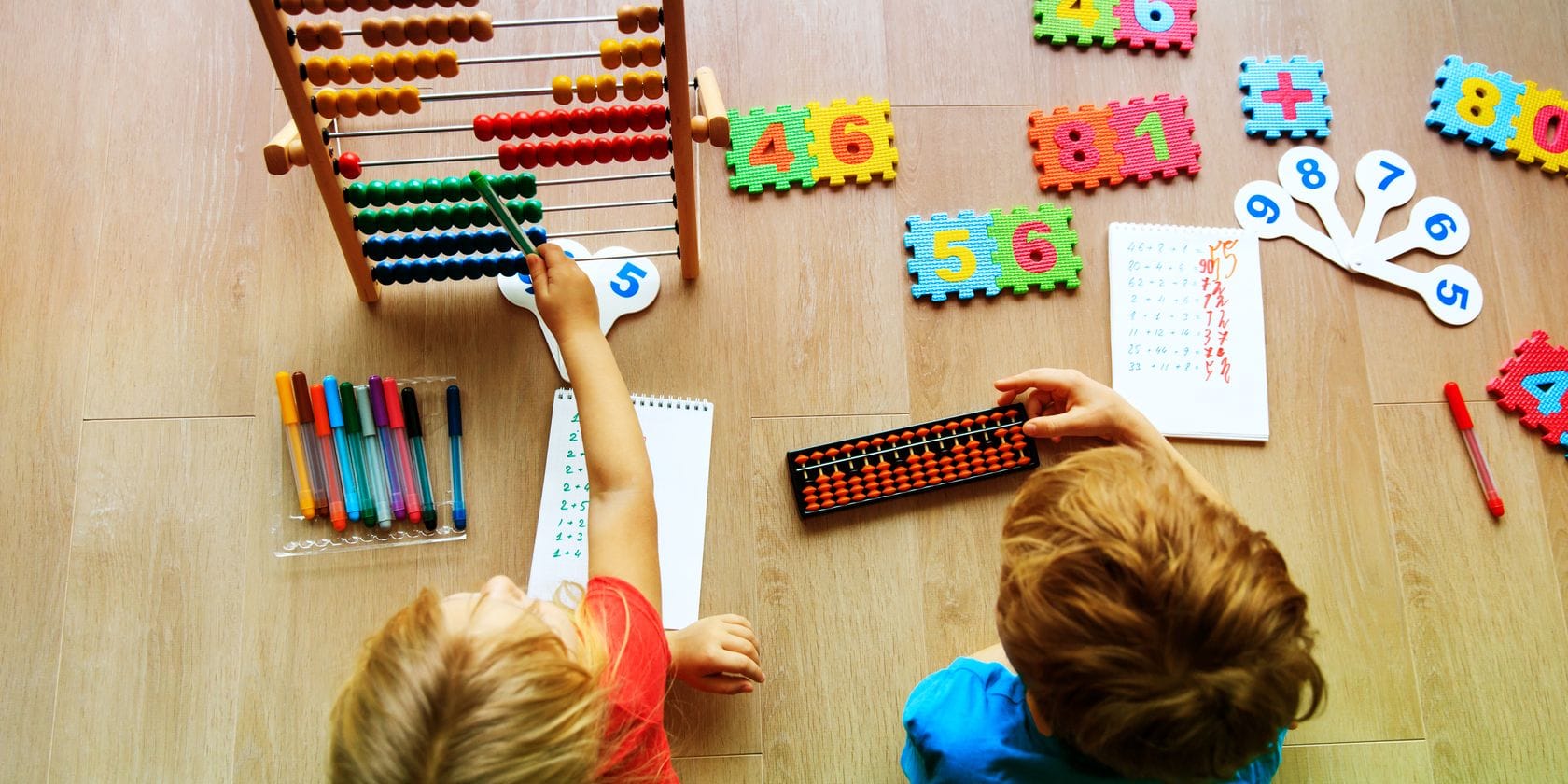
Used thoughtfully, technology complements a good teacher and traditional exercises. It helps learners compute, analyse data, and solve specific math problems, from basic algebra to advanced calculus, without overwhelming them.
Build Confidence with Strategic Problem Selection
A lack of confidence often makes math homework daunting. Start with simpler practice problems—perhaps basic arithmetic, fractions, or place value—then gently move to expressions, algebra, or even calculus.
Carefully chosen questions create small wins that boost motivation. When ready, introduce a challenge, such as an inequality or probability puzzle. Allow children to try, check with an ai math calculator or math solver, and celebrate each final answer.
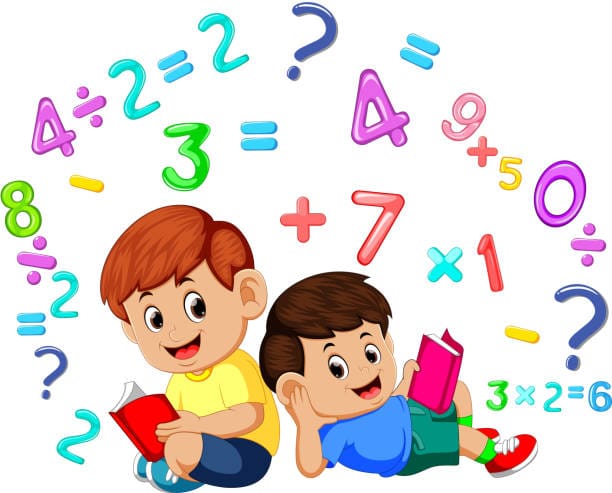
These steps help students develop a deeper understanding and build confidence in their ability to solve equations and explore mathematics—from simple arithmetic to complex math concepts like matrices or differential equations.
Connect Math to Your Child’s Interests
When students see how numbers link to their passions, math problems become less intimidating. If your child enjoys art, explore geometry, fractions, or expressions in drawings. Budding musicians can analyse rhythm using fractions or look at the functions behind sound waves.
Sports lovers might chart scores, use statistics, or compute batting averages — great practice problems that show how to solve equations in real contexts. Even a quick photo of a scoreboard can start a conversation about percentages, probability, or variables.
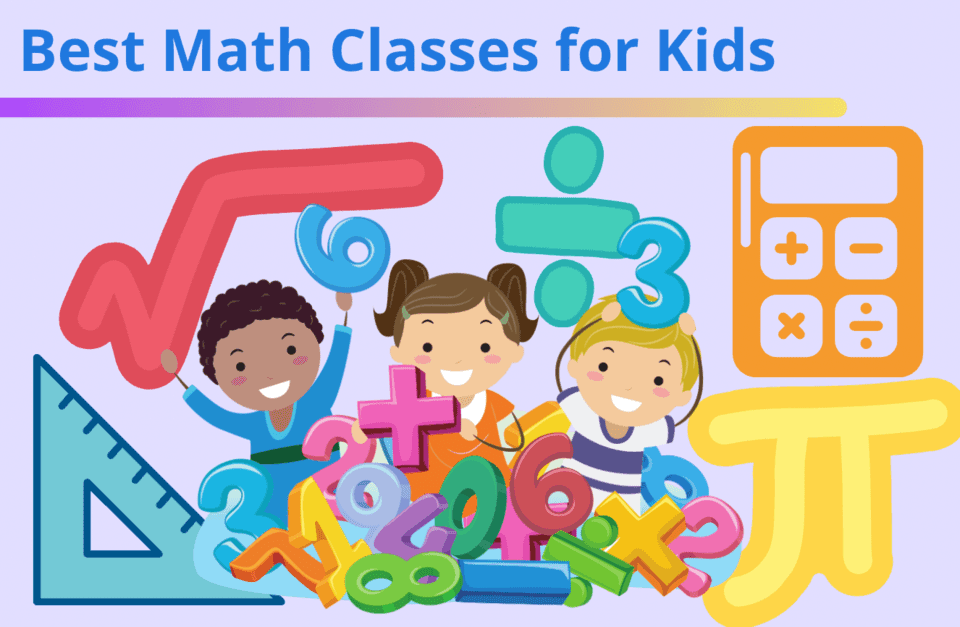
Pair these ideas with an AI math solver, ai tutor, or math solver app for step by step solutions and instant solutions. Linking complex math concepts like polynomials or trigonometric functions to real-life fun helps kids build confidence and gain a deeper understanding of why we learn mathematics.
Provide Support Without Taking Over
It’s tempting to give every final answer, but genuine growth happens when learners try first. Offer hints for homework help, explain step by step solutions to specific math problems, or discuss different ways to compute an expression.

Let children experiment with an ai math calculator or other math solver, then talk through the reasoning behind its detailed solutions. Encourage them to check inequalities, functions, or fractions independently.
This balance of guidance and freedom strengthens confidence, sharpens focus, and builds the resilience they’ll need for advanced calculus, differential equations, or other complex math concepts later on.
Know When to Seek Professional Math Intervention

Sometimes at-home math help isn’t enough. Persistent struggles with basic arithmetic, algebra, or statistics may call for an AI tutor or live instructor. A skilled teacher or ai math solver can analyse learning gaps, provide step by step explanations, and design practice problems for each learning style.
Professional support offers detailed explanations for everything from place value to matrices, ensuring students don’t stay stuck on the same common problems. Whether online or in person, targeted guidance helps them solve equations, interpret graphs, and approach mathematics with fresh confidence.
Math doesn’t always mean worksheets. Use puzzles, board games, and competitions to keep learners excited. Try Sudoku, math bingo, or design a card game with variables, polynomials, or simple arithmetic rules.
Family “math nights” can mix word problems, probability, or fractions with laughter. Even uploading “just a photo” of a tricky riddle to an ai math app can reveal instant solutions or step by step solutions for comparison.
By keeping practice playful, kids gain a sense of achievement, build confidence, and explore mathematics creatively — from basic algebra to advanced calculus.
Conclusion

Math doesn’t need to be scary. With these 12 strategies — from visual learning and short practice problems to help from an AI tutor or math solver — parents and teachers can guide children toward a deeper understanding of numbers.
Supporting different learning styles, encouraging effort, and using tools like an ai math calculator or other math solver give kids the skills and confidence to solve problems, check final answers, and even enjoy tackling complex math concepts such as trigonometry, integrals, or differential equations.
With patience and the right mix of support and creativity, every learner can grow comfortable — and maybe even excited — about mathematics.
Frequently Asked Questions
How can I tell if my child needs extra math help beyond home support?
If your child struggles with word problems or has trouble trying to solve everyday number puzzles, it may be time to look deeper. Tutors can analyze how they approach graphs and functions, helping to spot gaps in understanding. With guided explanations and tailored solutions, children can master tricky integers or even learn how to factor equations correctly.

What are the benefits of online tutoring compared to traditional in-person sessions?
Online tutoring offers interactive solutions for topics ranging from scientific notation to graphs and functions. Many platforms use smart AI tools to compute answers or highlight each point on a chart. Students can upload problems and receive clear explanations, learning to factor or simplify integers while exploring how physics concepts connect with mathematics.
How do tutors personalize math lessons for different learning styles?
Good tutors — whether live or powered by AI — analyze each learner’s approach to word problems, scientific notation, and functions. They teach kids to solve equations step by step, identify every point on graphs, and link concepts like integral calculus or physics to everyday examples. This mix of visuals, compute-based tools, and clear explanations supports progress with even difficult integers.
How often should my child practice math outside of tutoring or school hours?
Consistent, short sessions focusing on graphs, functions, and word problems make it easier to solve exercises quickly. Working through integers or practising scientific notation with AI apps gives them extra chances to compute answers and check each point they plot. Reinforcing skills through repeated explanations and small factor challenges helps connect everyday physics ideas with higher-level integral thinking.

How quickly should I expect to see improvements in my child's math performance?
With steady solutions, clear explanations, and opportunities to solve authentic word problems, most students show progress within weeks. They grow comfortable plotting graphs, managing integers, and working with scientific notation.

